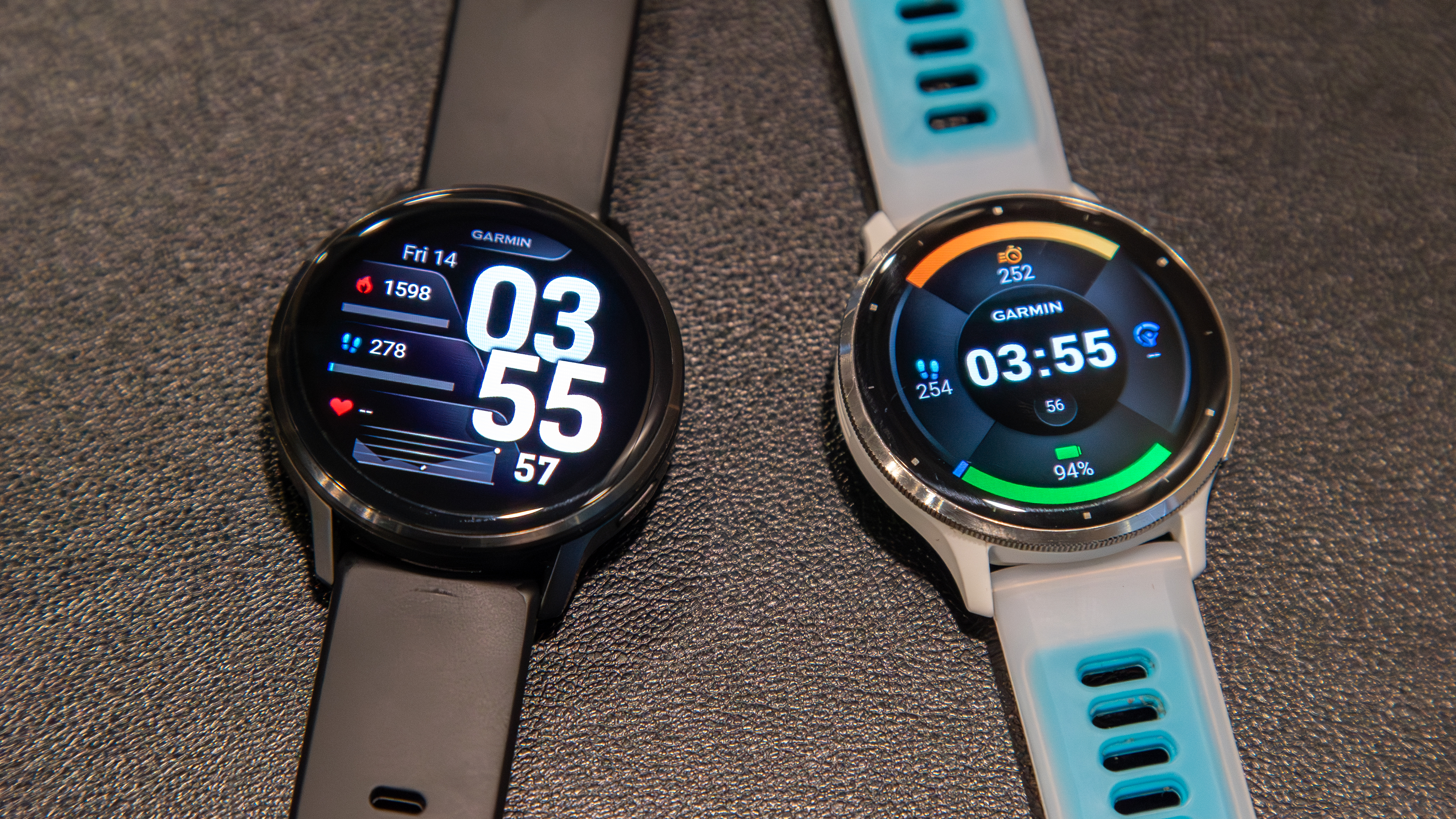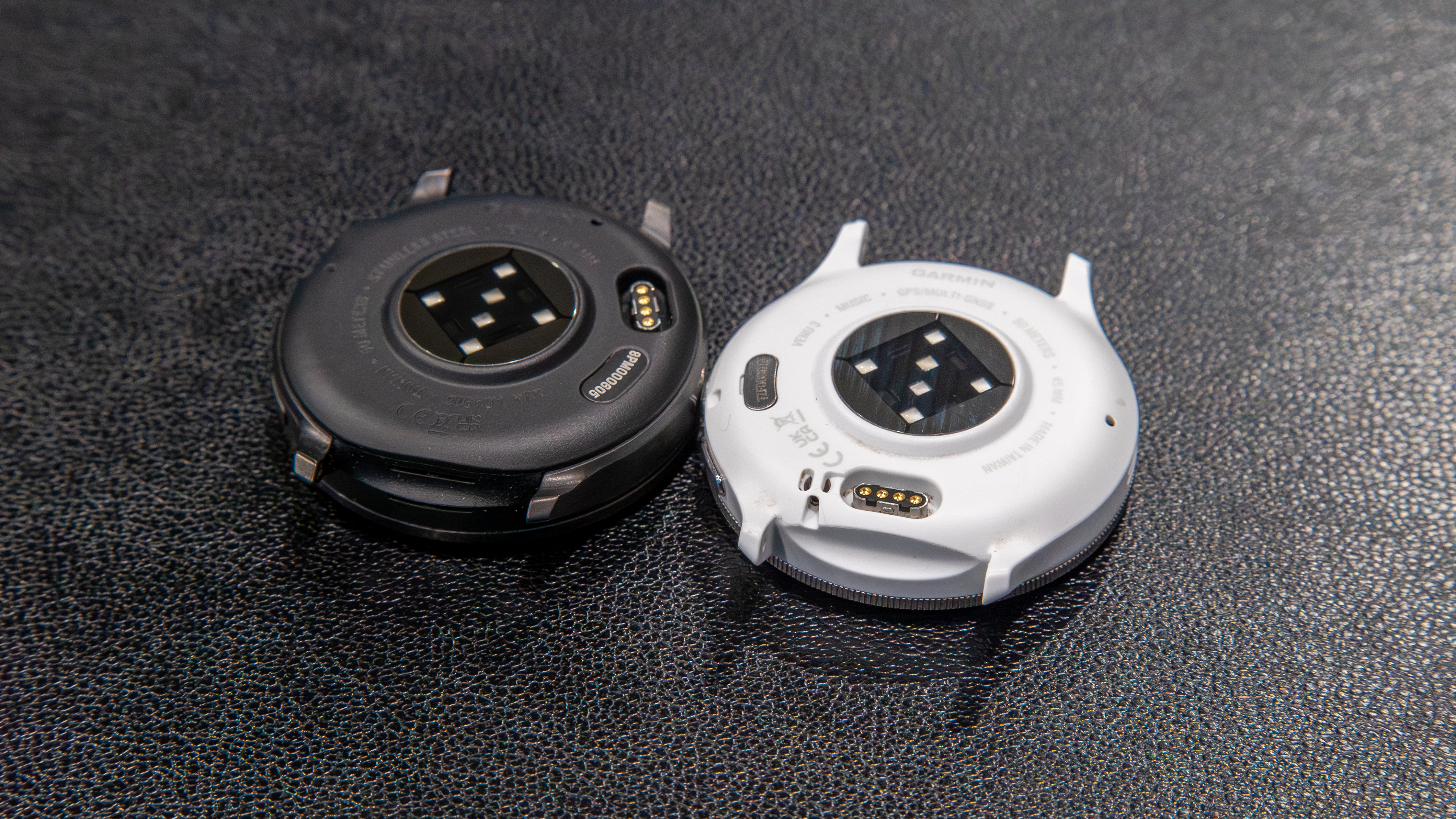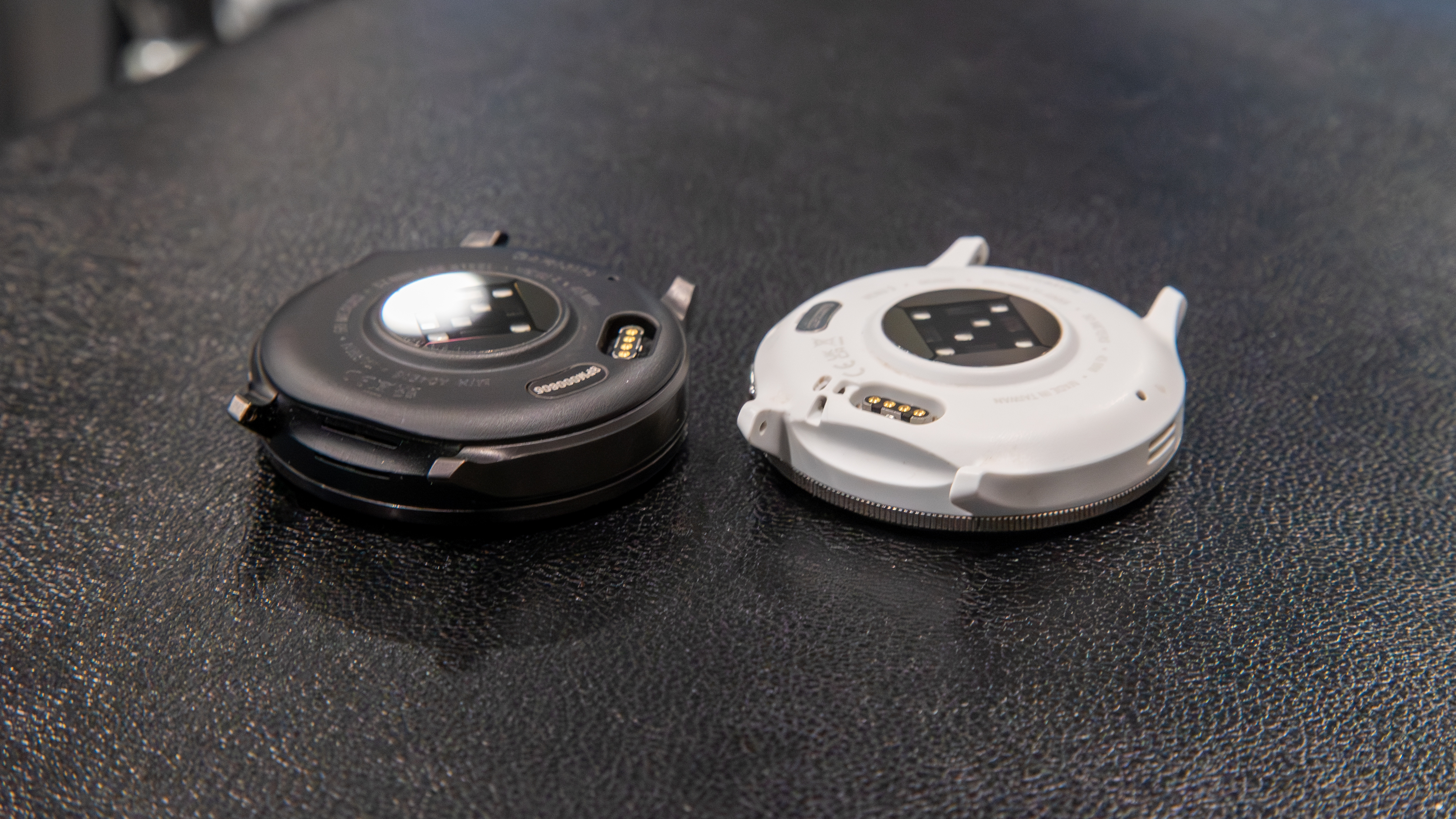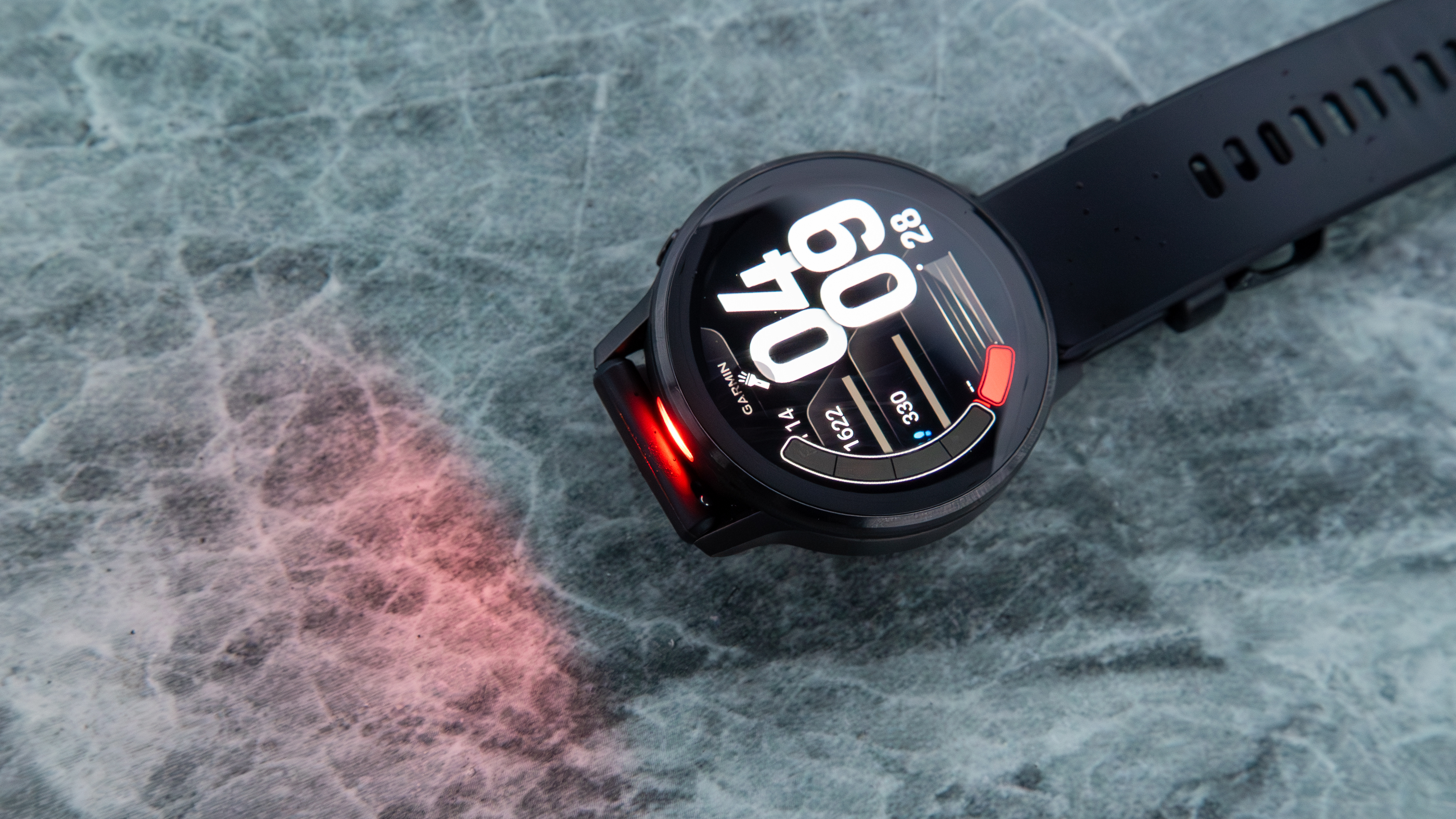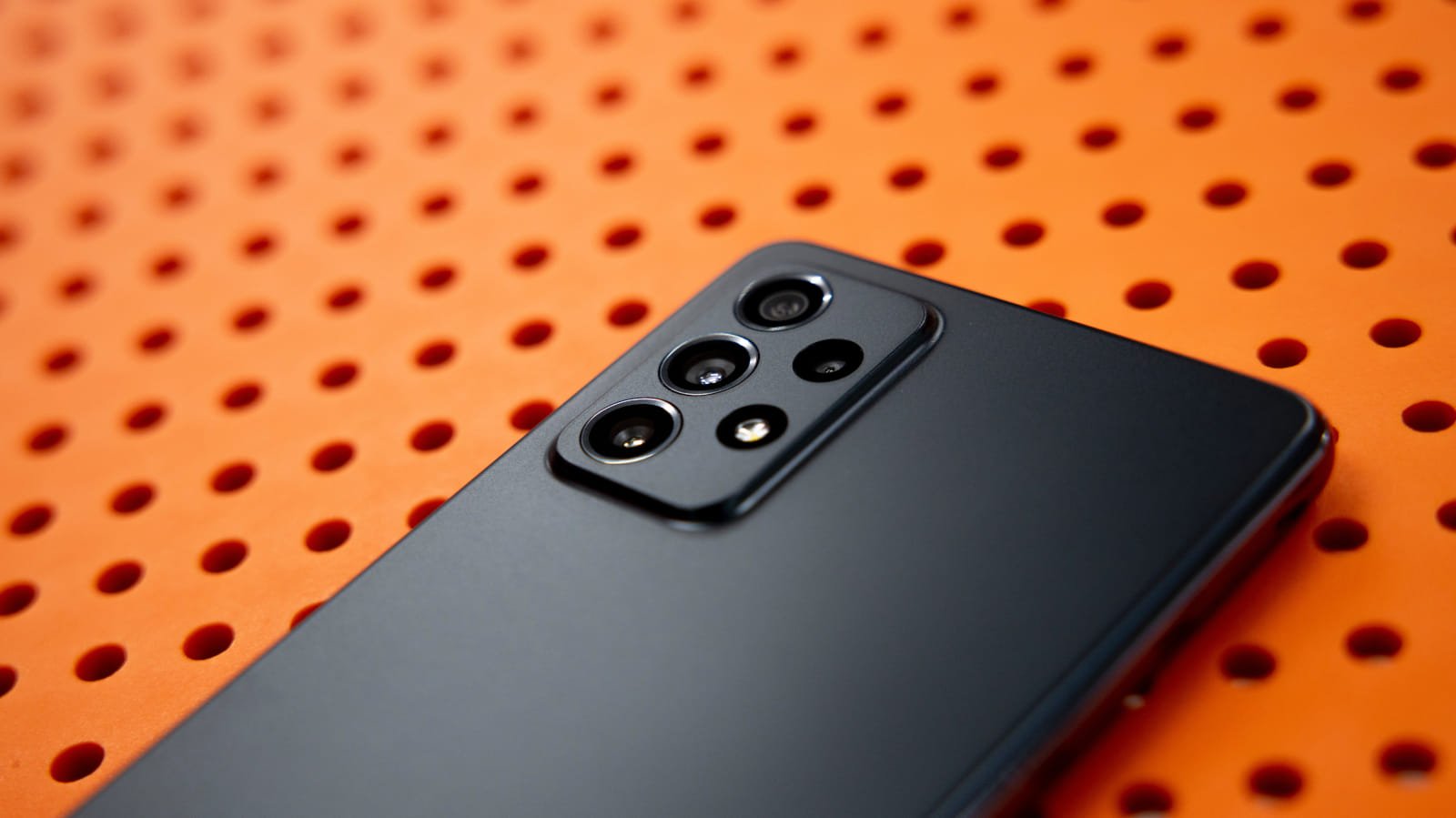Why you can trust Android Central
Our expert reviewers spend hours testing and comparing products and services so you can choose the best for you. Find out more about how we test.
After a couple of years of waiting, Garmin has finally launched the Venu 4, it’s latest fitness watch that aims to appeal to the masses. The Venu 3 was the first Garmin watch I had ever used, and while it remained my primary fitness watch for some time, there were definitely things that I would’ve changed about it.
I’ve spent about a month with the Venu 4, and fortunately, it looks like Garmin addressed many of my concerns with its latest model, taking cues from its predecessor as well as more recent Garmin watches in the Vivoactive and Forerunner series. A new design, an updated UI, and some welcome hardware upgrades ensure that this should be a solid all-arounder that the Venu series is meant to be.
Garmin Venu 4: Price, availability, and what’s in the box
The Garmin Venu 4 was launched on September 17, 2025, and went on sale starting September 22. The watch is available in two sizes: 41mm and 45mm, and each size comes in several different case and band color combinations:
41mm | 45mm |
|---|---|
Silver Periwinkle Silicone band | Silver Silver Gray Silicone band |
Lunar Gold Bone Silicone band | Silver Citron Silicone |
Slate Black Silicone | Slate Black Silicone |
Lunar Gold Bone Silicone band + Light Sand Leather band | Slate Black Silicone band + Brown Leather band |
— | Silver Black Silicone |
Pricing starts at $549 for both sizes and most color/band combinations. However, if you prefer a leather band, the price increases to $599.
The Venu 4 retail box comes with the watch, a Garmin USB-C data/charging cable, and various documentation.
Garmin Venu 4: Specs
Category | Garmin Venu 4 |
|---|---|
Materials | Case: Stainless steel and fiber-reinforced polymer Bezel: Stainless steel |
Strap | 41mm: 18mm 45mm: 22mm Silicone Quick Release strap |
Protection | 5ATM, Gorilla Glass 3 |
Dimensions & weight | 41 x 41 x 12mm, 46g w/strap 45 x 45 x 12.5mm, 56g w/strap |
Display | 41mm: 1.2-inch (390×390) 45mm: 1.4-inch (454×454) AMOLED touchscreen, 2,000 nits |
Tracking | GPS, GLONASS, Galileo, BeiDou, QZSS, SatIQ, All-Systems GNSS + Multi-Band |
Sensors | Elevate v5 HRM, SpO2, accelerometer, altimeter, compass, ECG, gyroscope, skin temperature |
Connectivity | Bluetooth, ANT+, Wi-Fi, NFC |
Storage | 8GB |
Mic & speaker | Calling, phone commands, watch commands |
Flashlight | ✔️ |
Battery life | 41mm: 10 days (3 w/ AOD), 15 GPS hours, 13 All-Systems GNSS hours, 12 multi-band GPS hours 45mm: 12 days (4 w/ AOD), 20 GPS hours, 19 All-Systems GNSS hours, 18 multi-band GPS hours |
Garmin Venu 4: Design and display
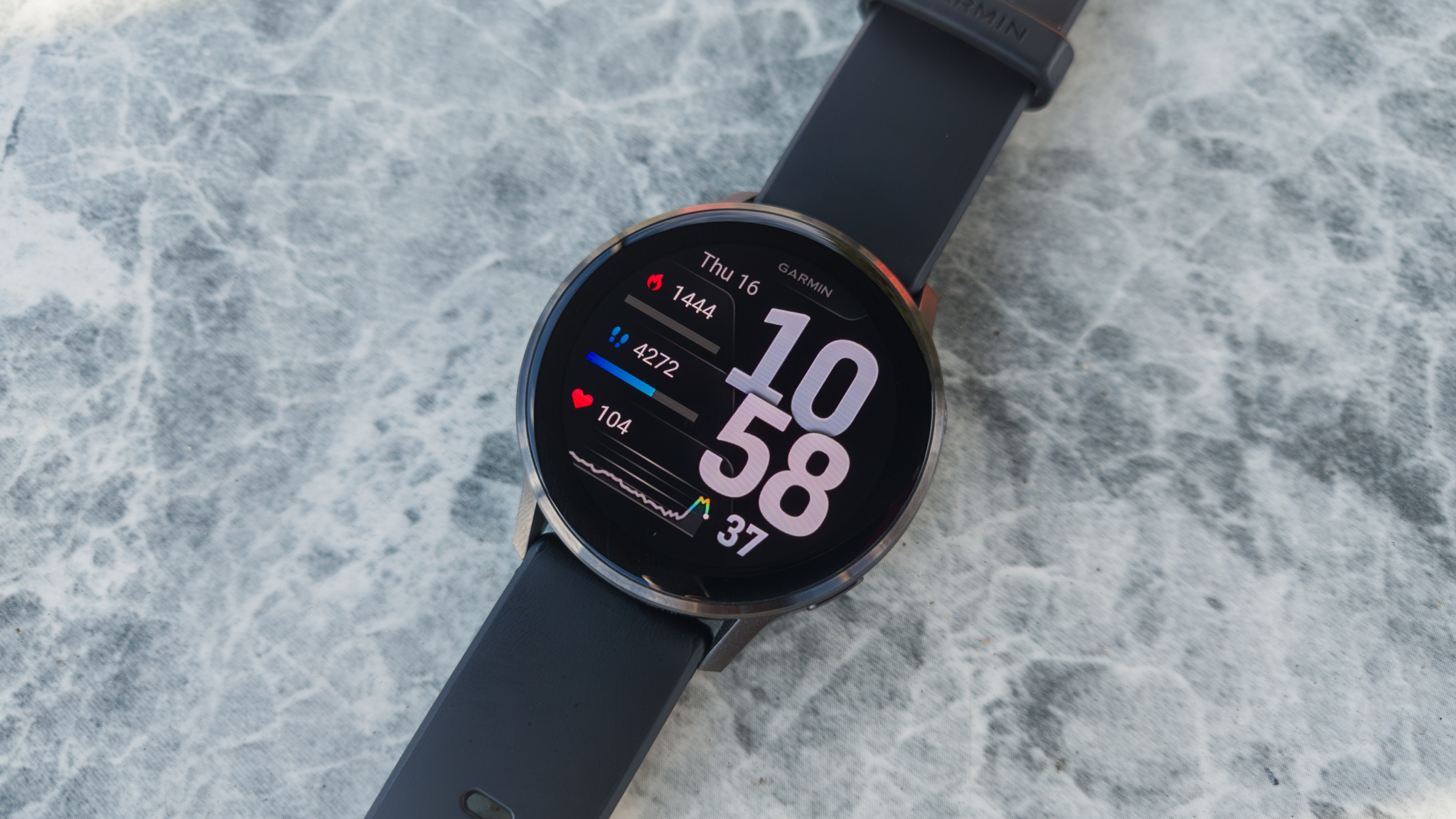
- The Venu 4 features an updated design, but it’s thicker and heavier than the Venu 3.
- The weight makes it difficult to wear to bed for tracking sleep.
- The 1.4-inch AMOLED display is bright and responsive.
The Venu 4’s design is a slight departure from its predecessor. While it’s still a round watch face, the chamfered edges on the bottom are largely gone, replaced by cleaner, flatter sides. This is likely due to the inclusion of the flashlight tucked into the top of the watch. There are also fewer, smaller buttons on one side of the watch, which makes it look less like a sports watch and gives it more mainstream appeal.
Owners of the Venu 3 will notice that the Venu 4 is noticeably thicker and heavier. I find that the weight is fairly manageable, but after a while, the heavy stainless steel case begins to feel somewhat uncomfortable, to the point where I have to take the watch off.
The side and weight are mostly a problem when wearing the watch in bed. I already don’t care to wear smartwatches when I sleep, but the Venu 4 is particularly uncomfortable at night, and I find the weight quite noticeable.
The 45mm model I’m using has a rather sizeable 1.4-inch display with a 454 x 454 resolution. Text and menus are crisp, and the display gets plenty bright; I’ve never had a problem with visibility. The bezels around the display are fairly large, but not offensively so.
Of course, having only two buttons means you’ll be using the touchscreen more often than you would with a Forerunner, but fortunately, the software experience is very smooth and responsive.
Garmin Venu 4: Software
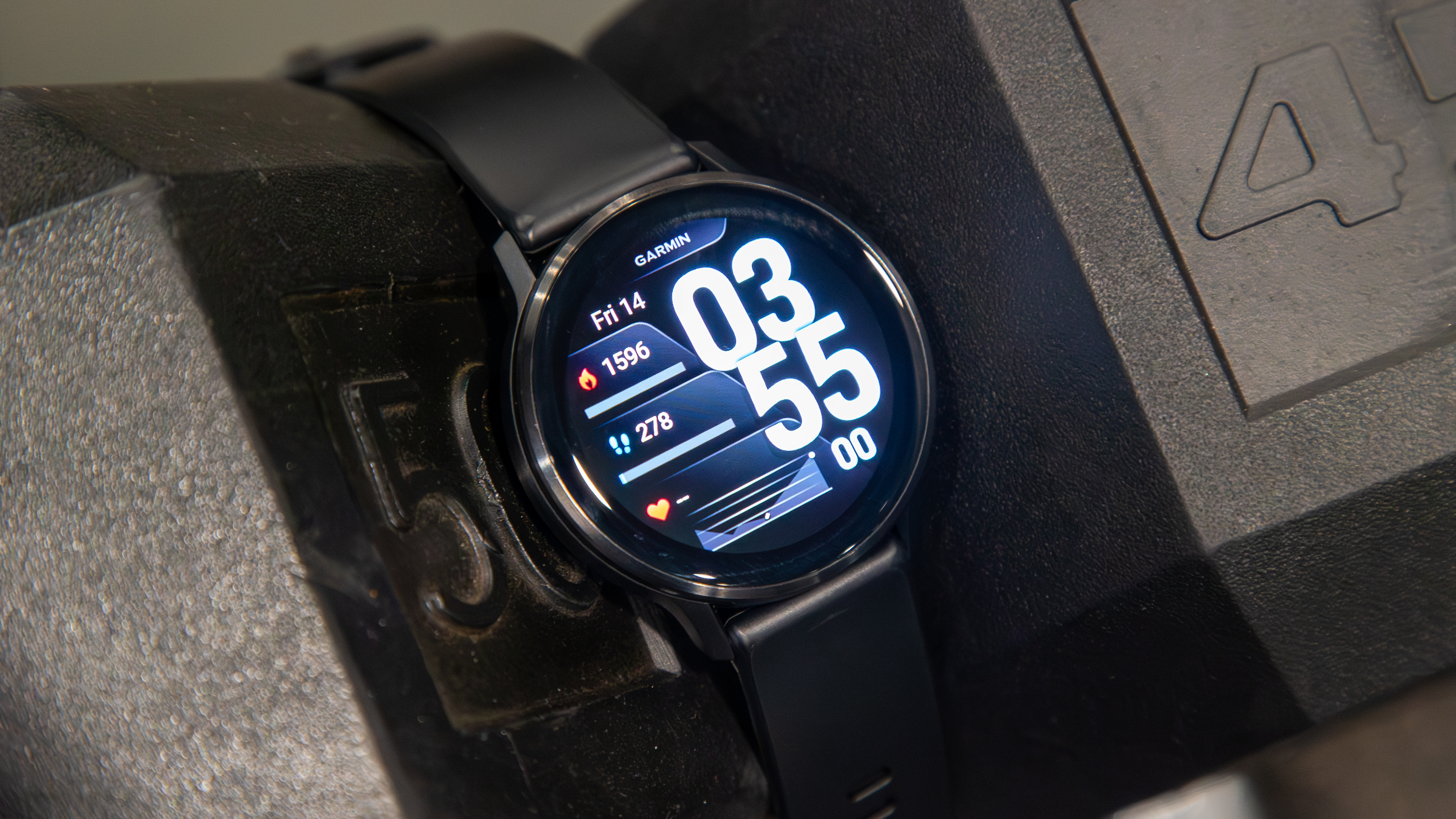
- The Venu 4 adopts Garmin’s latest software implementation, which makes navigation smoother and easier.
- Morning and Evening Report provides briefs into your day’s activities, including suggested workouts.
- The built-in flashlight can come in handy and can be adjusted with different brightness levels, including a low red light.
While I enjoyed using the Venu 3 for tracking my workouts, I absolutely hated the software. The UI felt clunky and confusing, and navigation just didn’t feel all that logical to me. Fortunately, the Venu 4 follows Garmin’s recent launches with its new software implementation, which is a big improvement.
Like a smartphone, swiping down opens the notification panel, where you can respond to messages on your phone. The keyboard isn’t the best, but it gets the job done if you don’t have your phone nearby. You can also access your phone’s assistant (i.e., Gemini) to accomplish the same thing with your voice, which is nice.
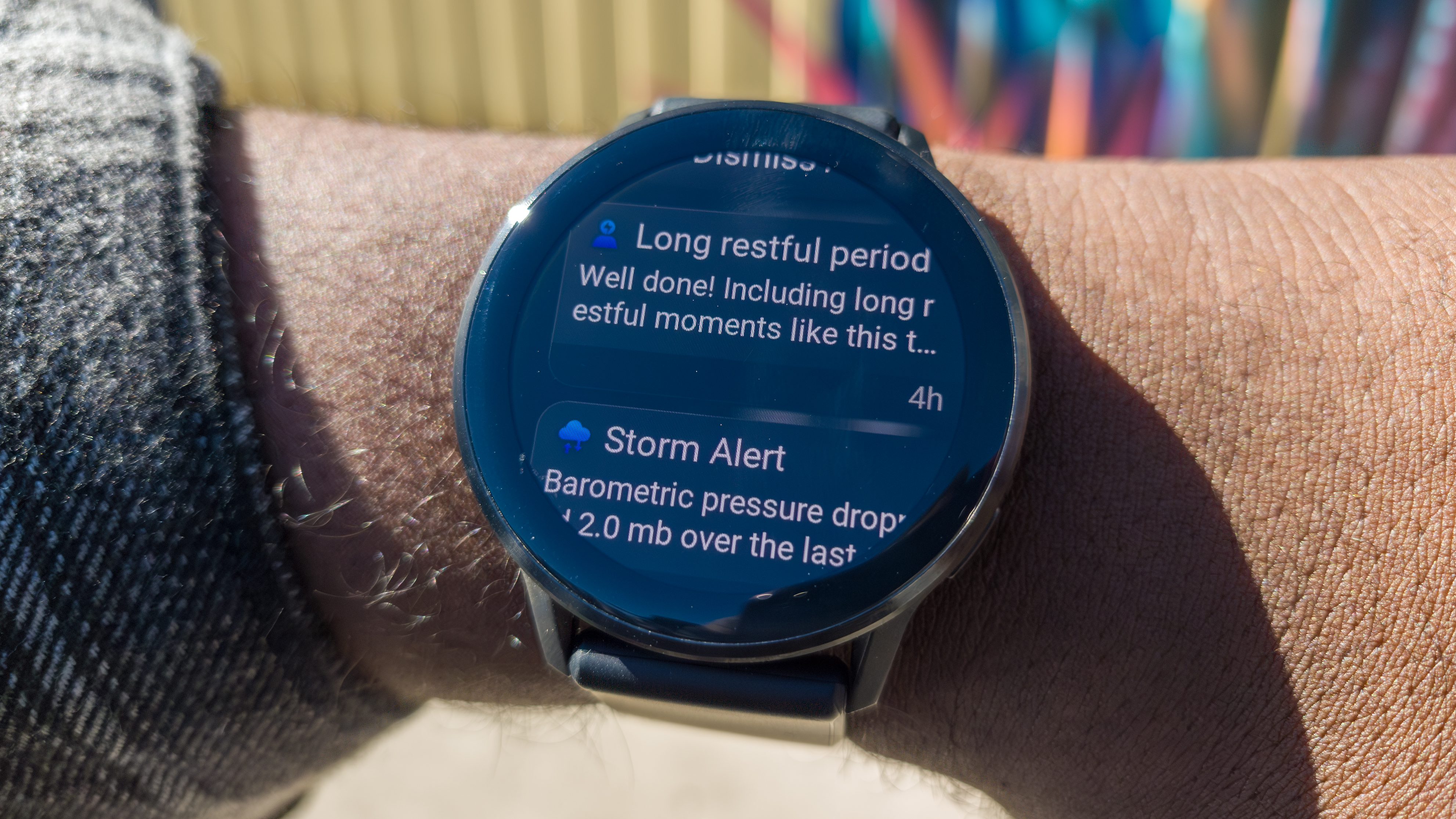
Swiping to the left allows you to quickly access your workouts, settings, and other features through a customizable menu. Of course, you can also assign press-and-hold functions to the Action and Back buttons on the side of the watch.
Swiping up reveals your Glances, which is Garmin’s version of a widget. For anyone adamant about keeping up with fitness and health metrics, these will definitely come in handy.
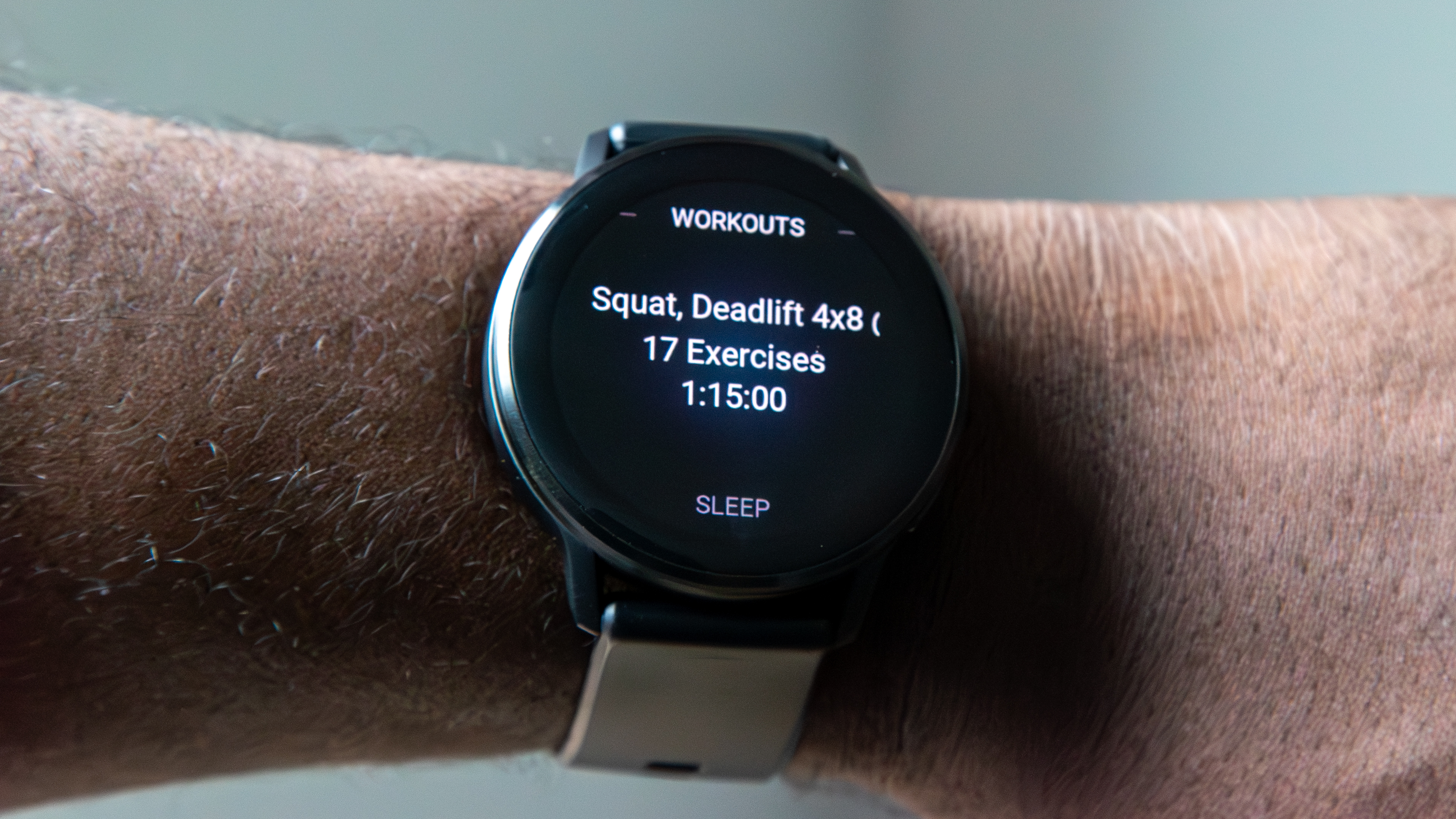
Another feature borrowed from newer watches is the Morning and Evening Reports. The former provides a glimpse into how your day might unfold, complete with your sleep data, weather forecast, and even a daily suggested workout (which can also include scheduled workouts from training plans).
Meanwhile, the Evening Report summarizes your day with brief glances at your activities and metrics, such as your Body Battery, as well as any workout suggestions you may have for the next day.
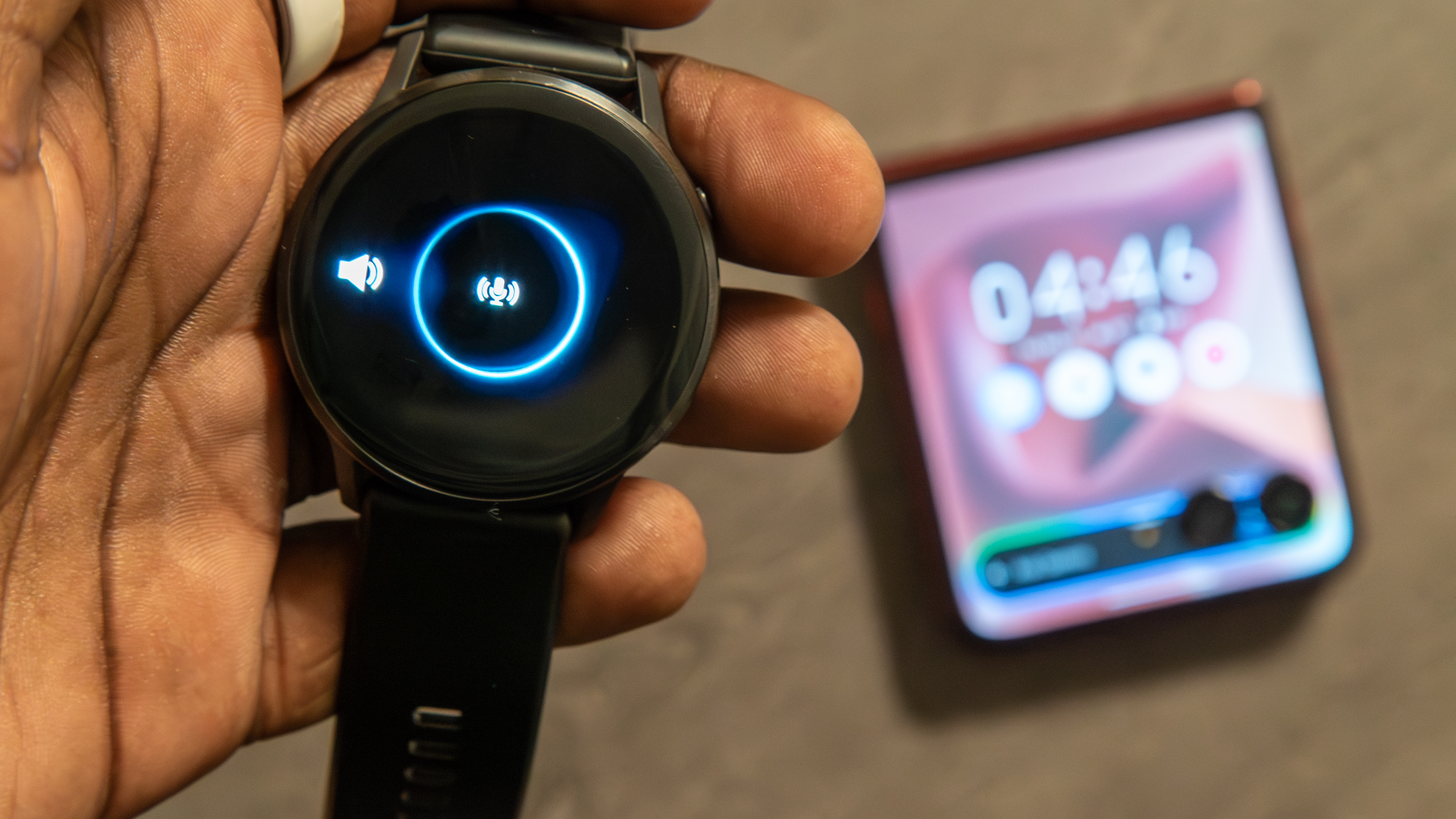
In addition to your phone’s AI assistant, the Venu 4 features its own voice assistant, allowing you to quickly access on-device functions such as workouts, timers, weather, and more. It’s okay, but I find that it only understands me half the time and will sometimes pull up the wrong feature.
The Venu 4 can also read the watch face aloud, which is a useful accessibility feature that can come in handy when you can’t immediately look at your watch for whatever reason (like when you’re swimming, for example).
And while you can make calls or send texts using the built-in mic and speaker, the volume doesn’t get very loud. While you can listen to music on the Venu 4, it’s recommended to use Bluetooth earbuds if possible. The Venu 4 supports a few music apps like Spotify, but YouTube Music support appears to be missing for some reason.
Overall, Garmin’s software feels much more user-friendly, which is great for a watch like the Venu 4, as it’s designed to appeal to a broader audience, not just fitness enthusiasts.
One of the newest hardware additions is the built-in flashlight, which puts the Venu 4 in line with other high-end watches, such as the Venu X1. You can set an easy shortcut to enable it, and it’s surprisingly bright, although you can adjust the brightness by several levels or switch to a red light. You can also turn on a strobe function, which could come in handy when on evening runs.
Garmin Venu 4: Health and fitness
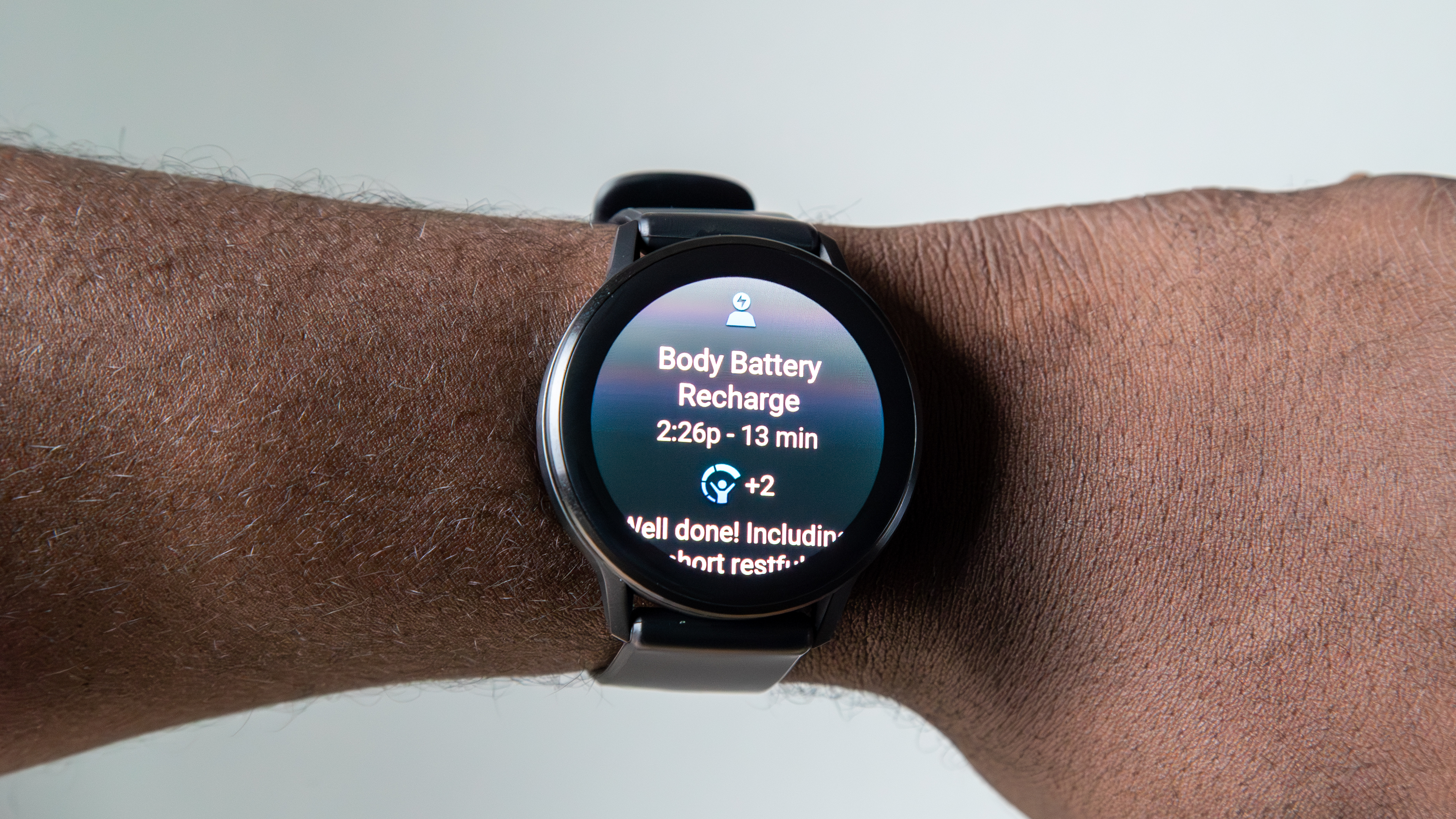
- The Venu 4 uses the same Elevate sensor as the Venu 3 and other recent Garmin watches.
- New features include more comprehensive sleep coaching, lifestyle logging, and Health Status.
- Fitness tracking has proven reliable, albeit with a hiccup or two with the heart rate sensor.
The Venu 4 features all the health tracking features you’d expect from a smartwatch, especially at this price point. It features the same Elevate v5 sensor used in the Venu 3 and newer watches like the Forerunner 570, although unlike the latter, the Venu 4 supports ECG, which could be a deciding factor for some.
There are a handful of new health-focused features, including a more comprehensive sleep coach that provides a wealth of insights, such as your sleep alignment and sleep needs, as well as the factors that may be affecting your sleep. It will use this data to then provide a recommendation for how much sleep you should get each night to fully recover.
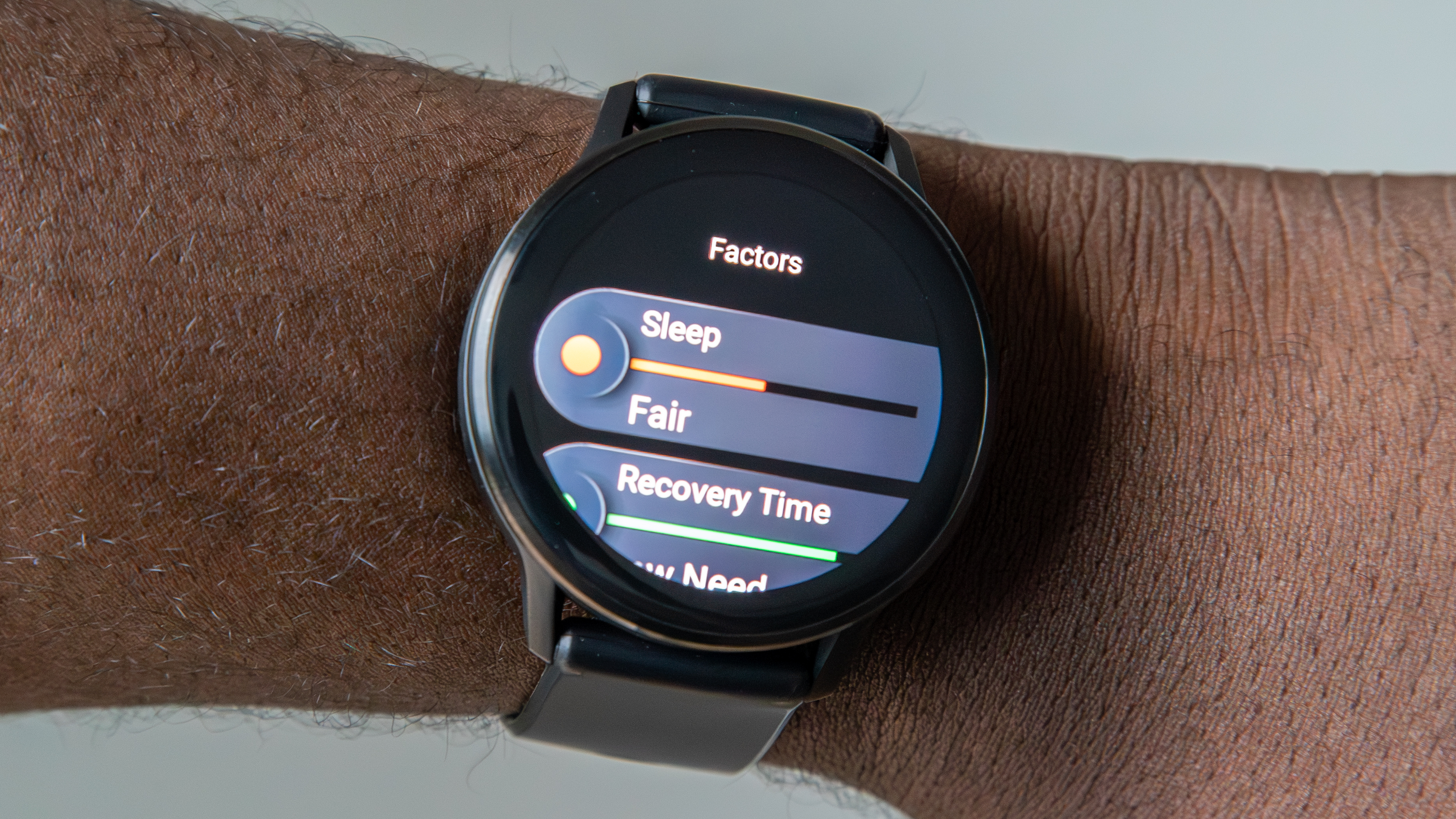
There’s a new lifestyle logging feature that lets you manually enter various activities throughout the day, such as consuming caffeine, eating meals, or using your phone before bed. The idea is that Garmin will use this data to factor in how these activities may affect you throughout the day.
It sounds useful in theory, but I can never remember to log the data into the watch. The most you can do is set the Glance widget in the hopes that it will serve as a sufficient reminder to log activities, but I would prefer it if Garmin somehow sent me reminders throughout the day.
To put all of this together, Garmin has a new Health Status feature. It displays important metrics, such as heart rate, HRV, skin temperature, and Pulse Ox, all on one screen, and informs you if you’re within your optimal range for each.
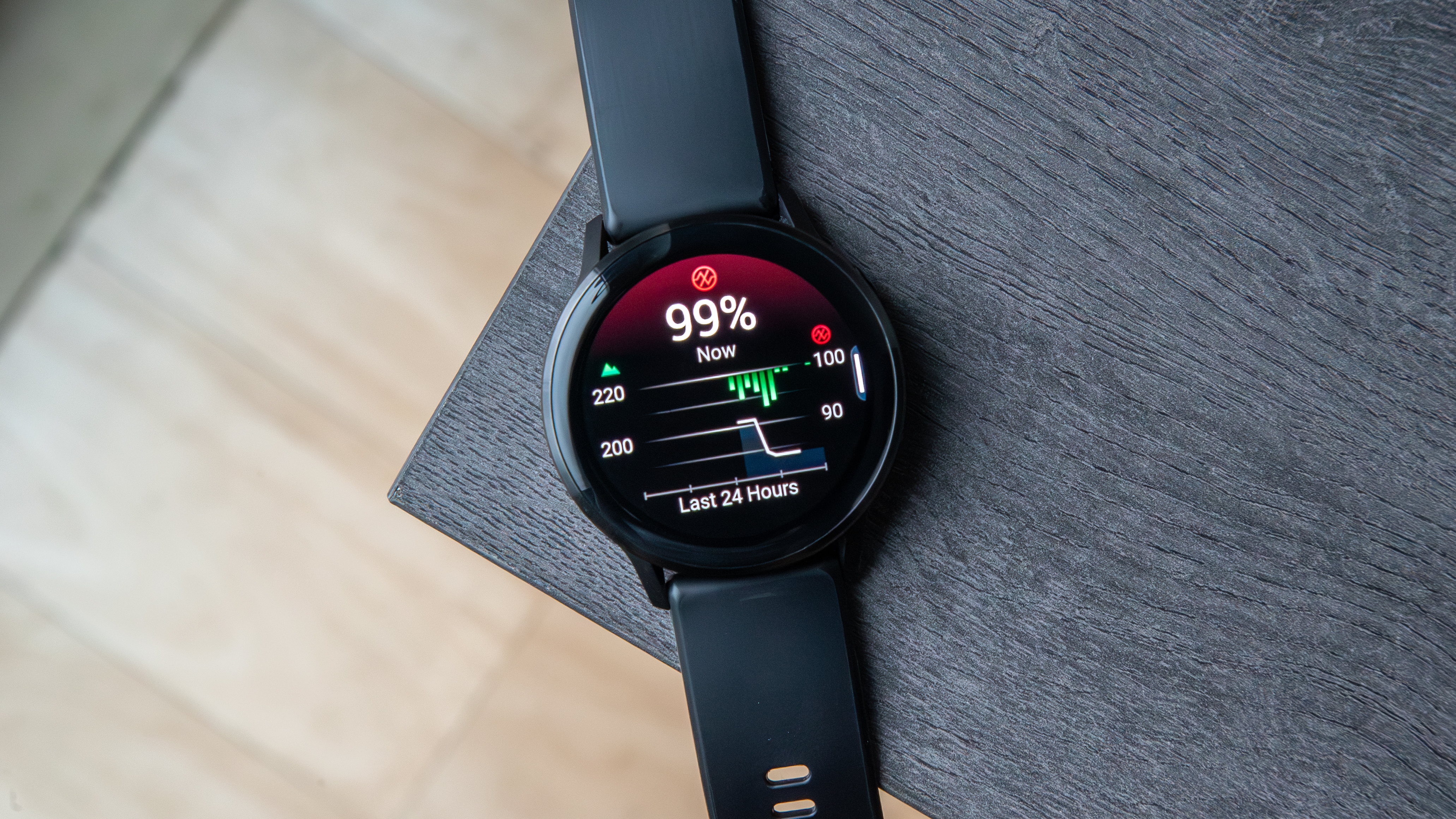
As for fitness, I’ve used the Venu 4 to track my workouts over several weeks, and you can refer to my Venu 4 fitness review for more details on how the watch performs. Long story short, it works as well as one would expect, albeit with a few odd heart rate readings here and there. Otherwise, it’s a reliable fitness tracker with numerous sports modes to choose from.
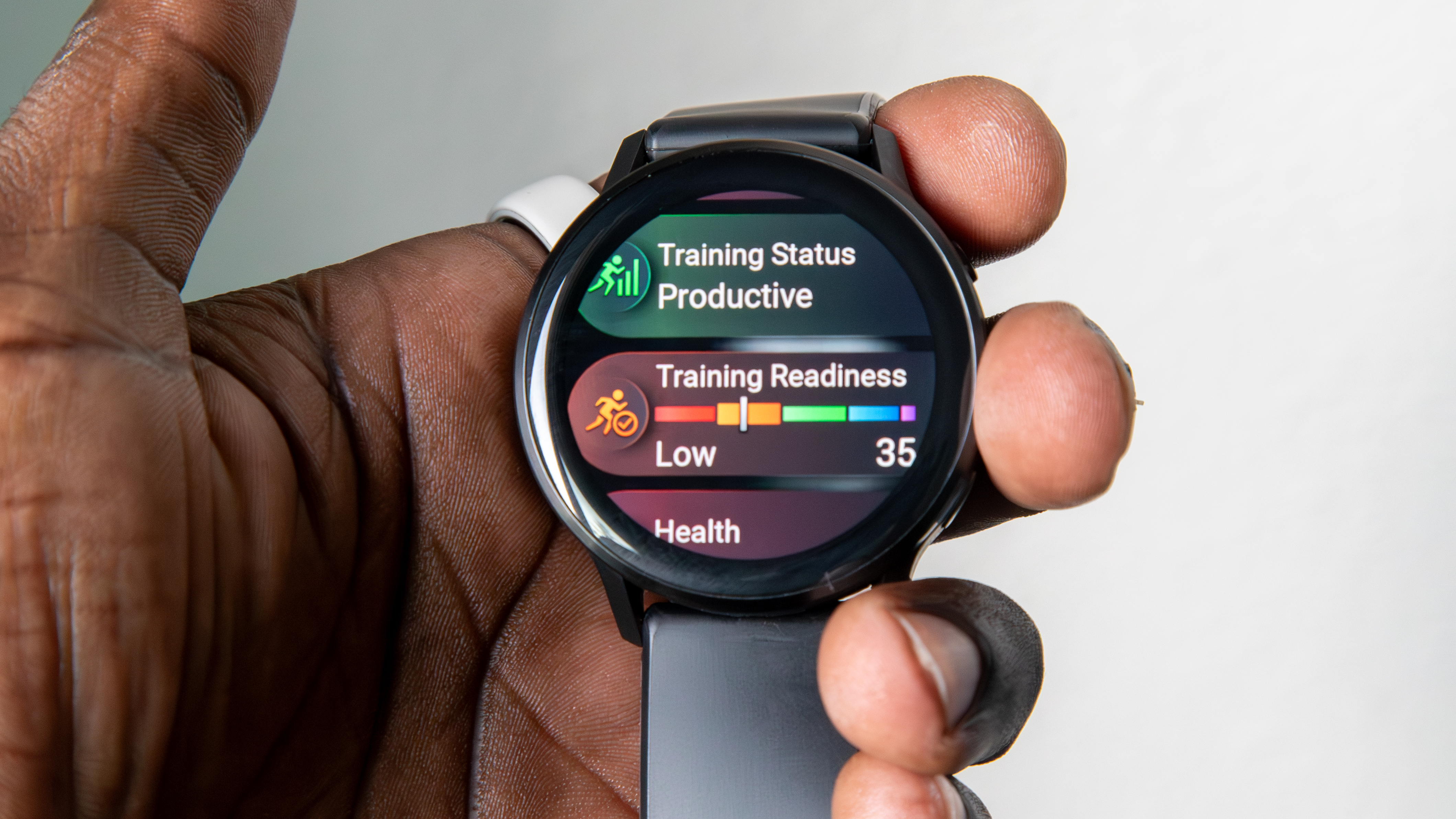
Users will also be pleased with the dual-band GPS as well as the pre- and post-workout features like training status and training readiness, which gives you a look at how hard you’ve been working and how hard you should work.
Garmin Venu 4: Battery life
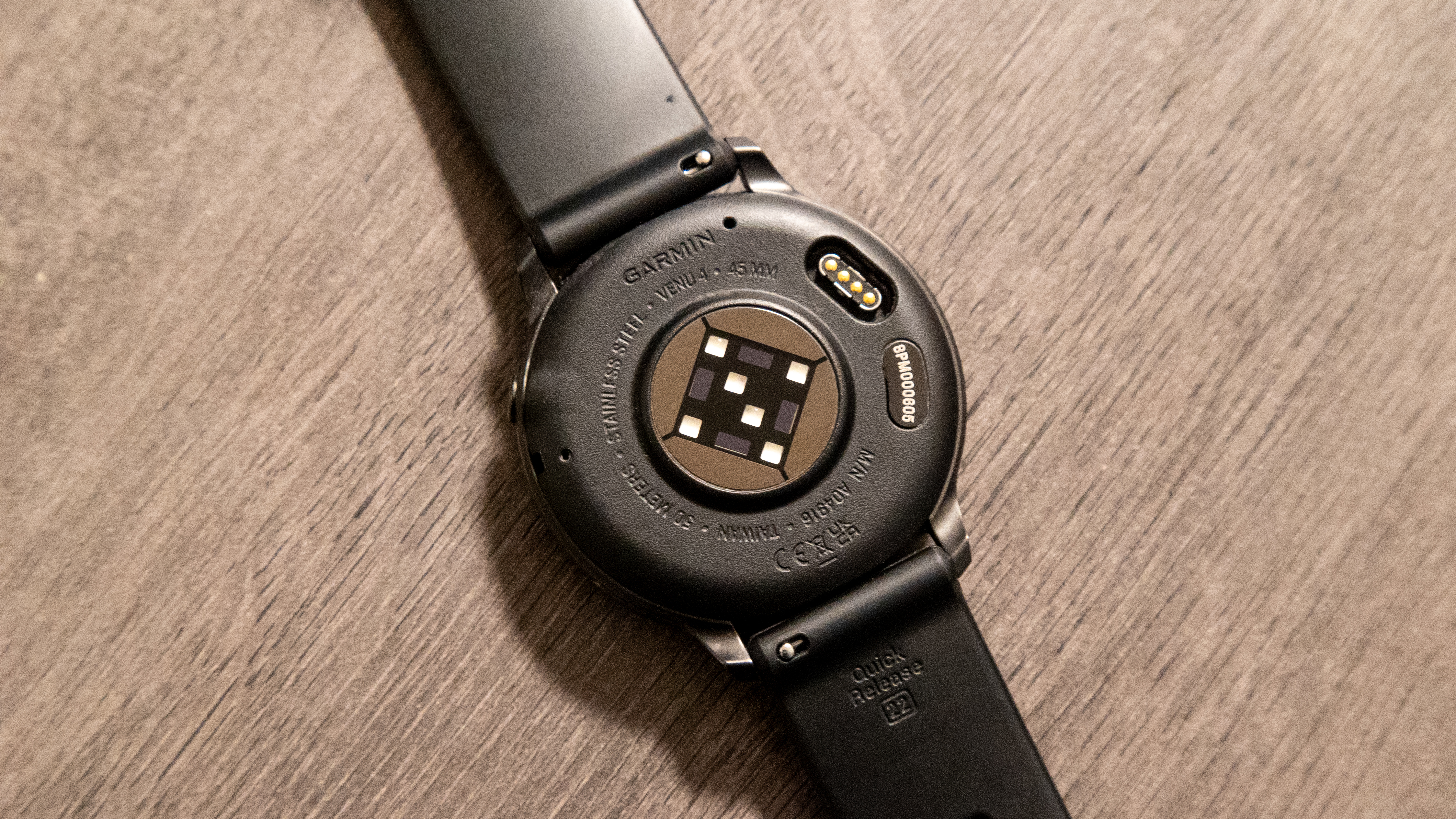
- The Garmin Venu 4 gets up to 12 days of battery life or five days with AOD on.
- The Venu 4 features Garmin’s proprietary charger and takes up to two hours to charge.
Garmin claims the Venu 4 can last up to 12 days in regular smartwatch mode. This feels roughly in line with my experience, although I averaged about eight days in between charges. This includes one or two tracked workouts per week and sleep tracking each night. I also use the tilt-to-take function for the display as opposed to AOD.
Garmin uses the same charger as before, although it can take up to two hours to fully charge the watch. Fortunately, battery life is good enough that you don’t have to worry about this too much.
Garmin Venu 4: Competition

On the smartwatch side, consider the Samsung Galaxy Watch Ultra 2025. This is roughly the same as the original Galaxy Watch Ultra, just with additional storage. However, it features a more rugged design, offers excellent battery life, and comes with Wear OS for access to a wide range of apps and seamless connectivity to your smartphone. However, battery life still falls short compared to the Venu 4, and Garmin’s focus on fitness first over smarts may be what you’re looking for, especially if you can get it for $100 less than the Galaxy Watch.
Finally, the Forerunner 570 may be another Garmin watch you’re considering. These two watches are very similar in terms of feature set and price. The Forerunner is more focused on runners, complete with more buttons for easy navigation. Meanwhile, the Venu 4 is a more all-rounder for any fitness
Garmin Venu 4: Should you buy it?
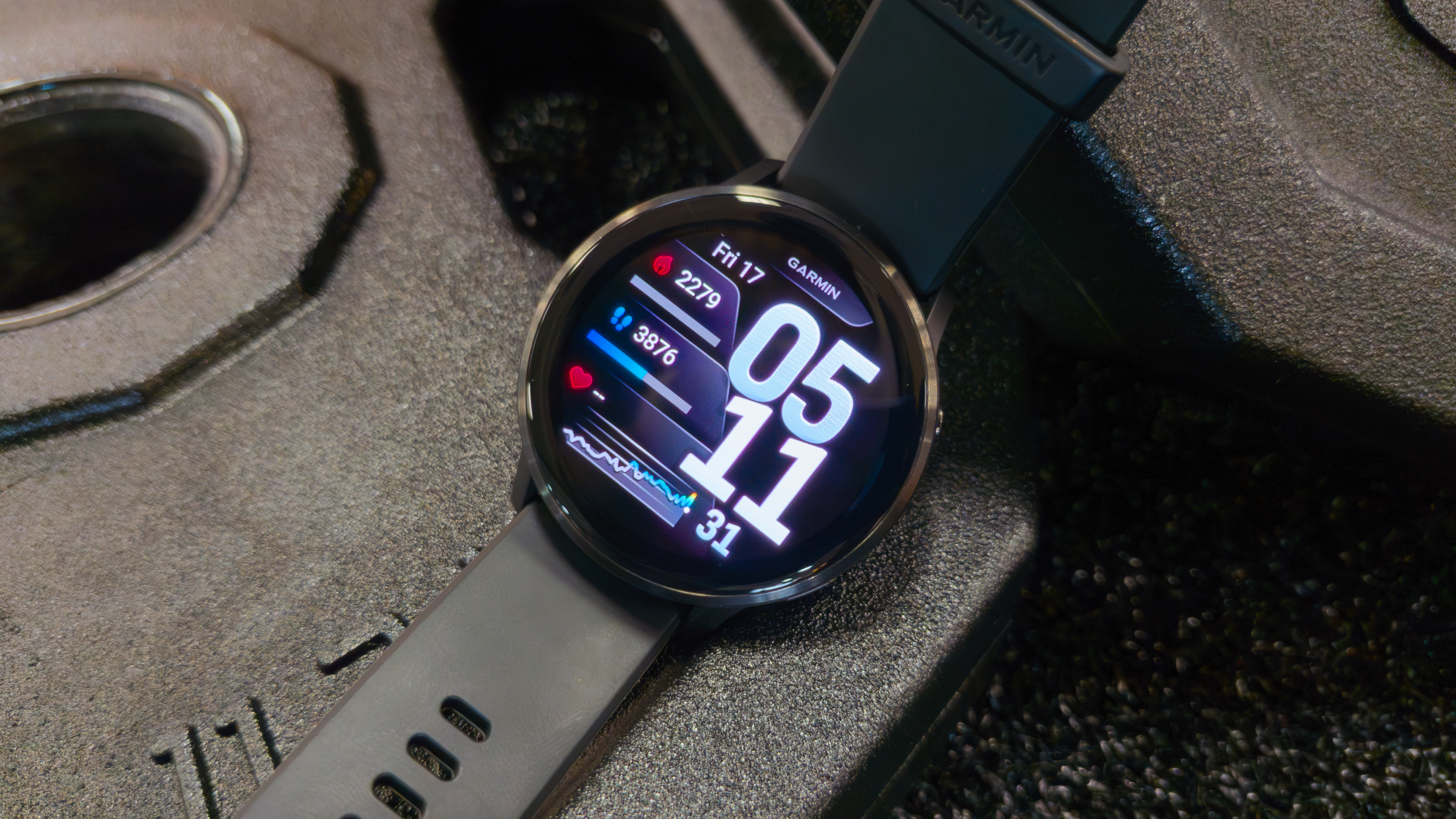
You should buy this if…
- You’re a fitness enthusiast, such as a runner, weightlifter, or even someone wanting to start their fitness journey.
- You want a stylish fitness watch with long battery life and a bright display.
- You want a Garmin watch but don’t want to spend Forerunner 970 amounts of money.
You shouldn’t buy this if…
- You like to use your smartwatch to track your sleep.
- You want a smartwatch that syncs well with your smartphone.
- You’re beginning your fitness journey and want an affordable fitness watch to start.
While the Venu 4 doesn’t appear significantly different from its predecessor at first glance, that doesn’t make it any less of a solid fitness smartwatch. The Elevate sensor remains (mostly) reliable, and the new software makes the experience a lot better and accessible for people like me who aren’t exactly Garmin aficionados.
Yes, battery life takes a hit, but the tradeoff is new hardware features like a built-in flashlight, something runners may appreciate. It’s also a rather heavy watch, but if you can get past that, sleep tracking features are great, and many of the new features make the Venu 4 feel like a much more comprehensive health and fitness companion than its predecessor.
A Forerunner may be better suited for runners, but the Venu 4 feels like the everyman’s watch. It’s perfect for people like me who are focused on weightlifting and/or are casual to intermediate gym-goers willing to spend a little more to track their progress. That is, if you can manage the price.
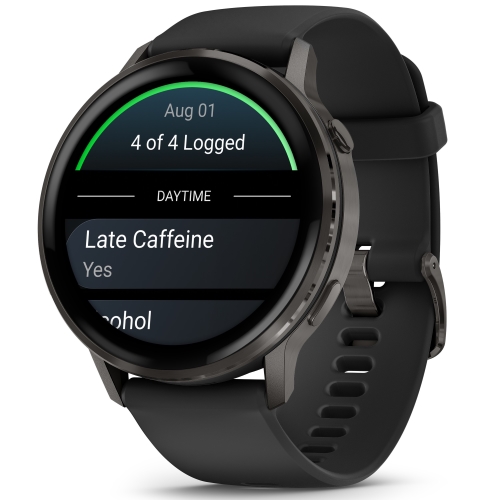
The everyman’s fitness watch
The Garmin Venu 4 is a great fitness smartwatch that features just about everything you’d need to excel at the gym.
FAQ
What are the major new features and upgrades on the Garmin Venu 4 compared to the Venu 3?
The Venu 4 has a new stainless steel design, a built-in flashlight, upgraded dual-band GPS, and new health and fitness features like better sleep coaching and training readiness.
Does the Garmin Venu 4 support Android or iOS?
The Garmin Venu 4 pairs to both iOS and Android smartphones, although functionality with iPhones is not as deep as the Apple Watch.
How long is the Garmin Venu 4 battery life?
The Garmin Venu 4 (45mm) is rated to last up to 12 days in smartwatch mode, although that is dependent on use. With AOD on, the watch will last up to five days. With all-systems GNSS mode, the Venu 4 can last up to 19 hours, or nine hours with music.
For the 41mm version, the watch lasts up to 10 days or three days with AOD.
Does the Garmin Venu 4 support LTE?
The Garmin Venu 4 does not support LTE. It can connect to Wi-Fi and requires a smartwatch connection via Bluetooth for some functions.
Via: androidcentral.com





